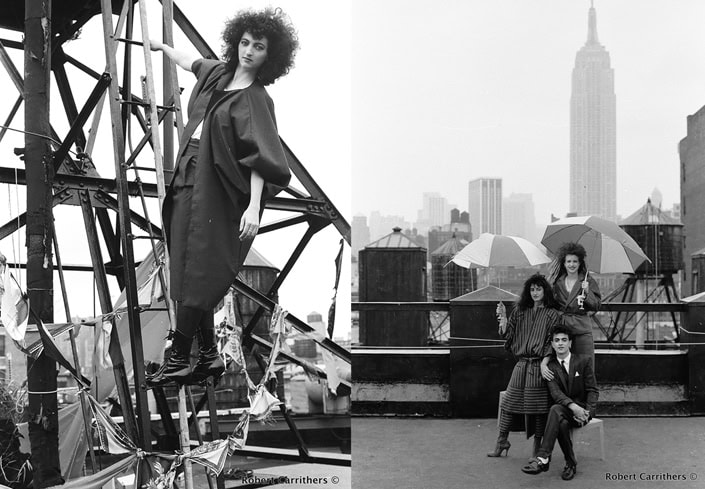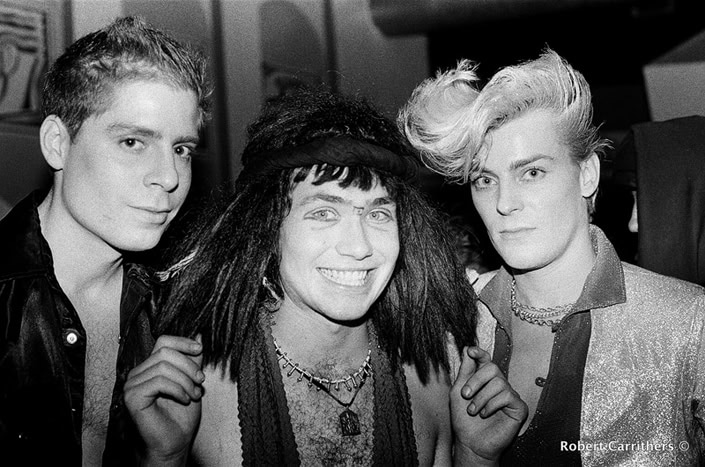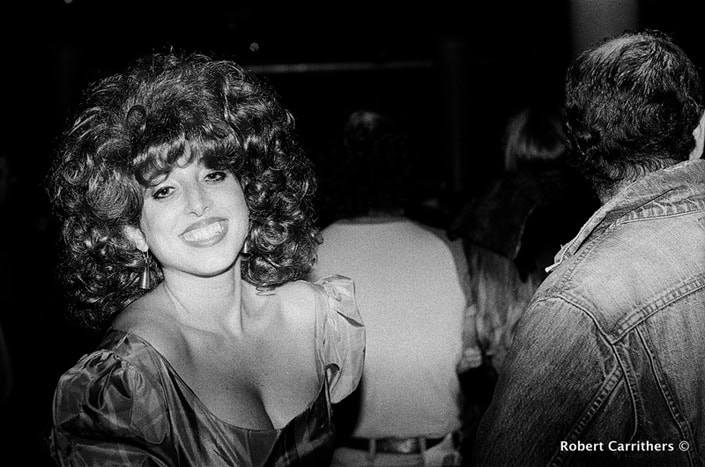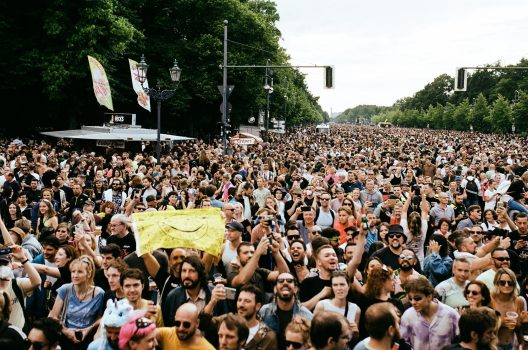Staying in vogue is always a challenge for the club scene. Fashions change, music changes, and clubbers are constantly seeking something new. If there’s one thing any great club can provide, it is novelty – an experience you’ve never had before – and for New Clubbers from 1979 to 1995, Dancetaria was a byword for novelty.
Part club and part chameleon, Dancetaria was always on the cutting edge of cool, and for many, it defined an era of dance music. But what was the secret to Dancetaria’s success? And why did the club ultimately close down?

Always On The Move
Underground, mysterious, and boundary-pushing, it’s not hard to see how Danceteria became a diverse hub for counterculture. That being said, not all of its mystique came from the club itself, nor the clientele it cultivated, but rather from the fact that Dancetaria was always on the move.
Over its lifespan, the club occupied four locations—three in New York City and one in the Hamptons.

The Early Days of Danceteria
The club began life at 252 West 37th Street when Rudolf Piper and Jim Fouratt decided the city needed a melting pot for its after-hours crowd. Unlicensed and illegal, Fouratt and Piper’s club was nonetheless precisely what they’d planned. Unfortunately, the local police and fire departments caught the wind just a year later and promptly shut them down before they’d really had a chance to find their feet.
Not that that was the end of the story.

21st Street
The real story of Danceteria kicks off in 1982 when John Argento hired Fouratt and Piper. Their new club was built inside an old industrial 12-story building and quickly became a hotspot throughout the city.
Known for its incredible, eclectic mix of styles, the 21st Street location used its size to present all kinds of genres, drawing even more of a diverse crowd than before and gaining the attention of local DJs, especially after hiring Ruth Polsky as their talent booker.
The list of artists who frequented the club is something of a who’s who of incredible acts from the ‘80s and early ‘90s. Madonna, Duran Duran, The Smiths, Rob Zombie, the Beastie Boys, and RuPaul are just a handful of the major names who became associated with this location. Even major names from the art world, like Jean-Michel Basquiat, were known to visit the club. In its heyday, it was a true cultural crossroads.

The End of Danceteria
All good things come to an end, and while Danceteria continued to thrive for many years, the party would ultimately be cut short in 1995 when they closed up shop on their Hamptons outpost for good. That said, the real end, in the eyes of many, came earlier when, due to an increase in rent, the 21st Street location was forced to close. While Dancetaria had many locations throughout its lifespan, 21st Street was its most successful and iconic, and without it, things just weren’t the same.
Dancetaria’s days may be at an end, but for many, it will always represent an important place and time in music and culture. This was underground clubbing in the ‘80s. This was counterculture. This was new and exciting and an inspiration to many. In the end, novelty always turns to nostalgia, but inspiration lives on, and our culture is all the richer for it.




